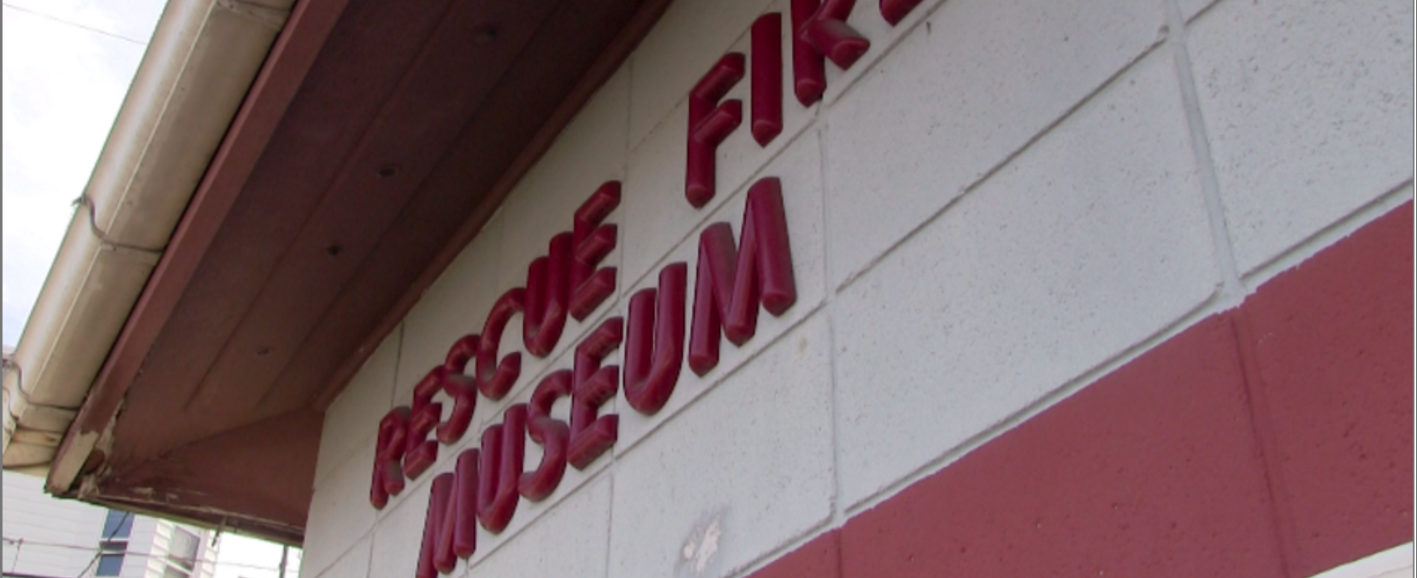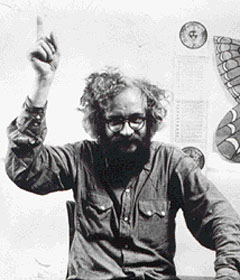Category: film
-

Shamokin Rescue Fire Museum Documentary
“One Man, One Museum, One community, Shamokin’s fire history” is an original documentary produced and edited by students at Bucknell University, that focuses on the Shamokin Rescue Fire Museum and the life work of John Smith. The video was a final project for SOCI 206, Video Ethnography, taught by Professor Carl Milofsky. Colin…
-
Film Review: Thirteen Lakes
James Benning’s film, Thirteen Lakes, is not for the impatient. 135 minutes long, the film consists of ten-minute stationary shots of thirteen bodies of water across the Unites States. On April 14 the Campus Theatre played Thirteen Lakes in front of a small audience. The event was co-sponsored by Bucknell’s Office of the Provost, Department…
-

-

Harry Smith Music Festival Documentary
Want to see a student made film about the 2013 Harry Smith Music Festival?
-
